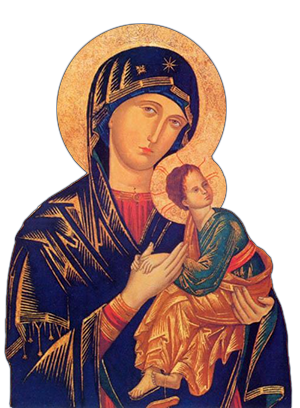Fr Higgins: The Herbs of the Manger
Recently a friend of mine shared with me this beautiful Legend she had read regarding the herbs and plants of Christ’s Nativity. I hope that you find it interesting too.
Father Higgins of Mary Immaculate of Lourdes Parish
(Several Christmases ago, I wrote an article about the plants of the manger. I still get asked about it, so here it is again. Hope you enjoy it.)
Herb plants of the manger, or Nativity, are not often written about or talked about, even though there was vegetation all around the Bethlehem area, including in Jesus’ birth stable.
My favorite legends tell of lady’s bedstraw (gallium verum), pennyroyal (mentha pulegium), horehound (marrubium vulgare), thyme (thymus vulgaris), rosemary (rosmarinus officinalis) and lavender (lavendulan agustifolia) as the herbs of the manger.
Legend tells us that while Mary rested, Joseph gathered herbs and grasses to line the manger. Among his gatherings was bedstraw, a common stable plant easily found in fields and along roadsides. Farmers fed it to their milk cows to sweeten the milk. It was also used to stuff mattresses and pillows.
Legend points out that it was nothing more than a common weed with white flowers that had no fragrance. However, when the baby Jesus’ head touched the lowly weed it was forever changed. The flowers turned to a golden yellow color, and instantly the foliage had a sweet fresh scent.
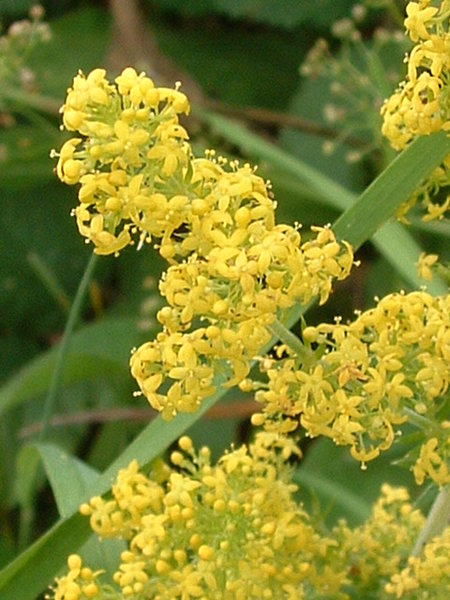
Pennyroyal is another plant that Joseph is thought to have gathered for the manger bed. It was considered a weed that was low-growing and did not bloom.
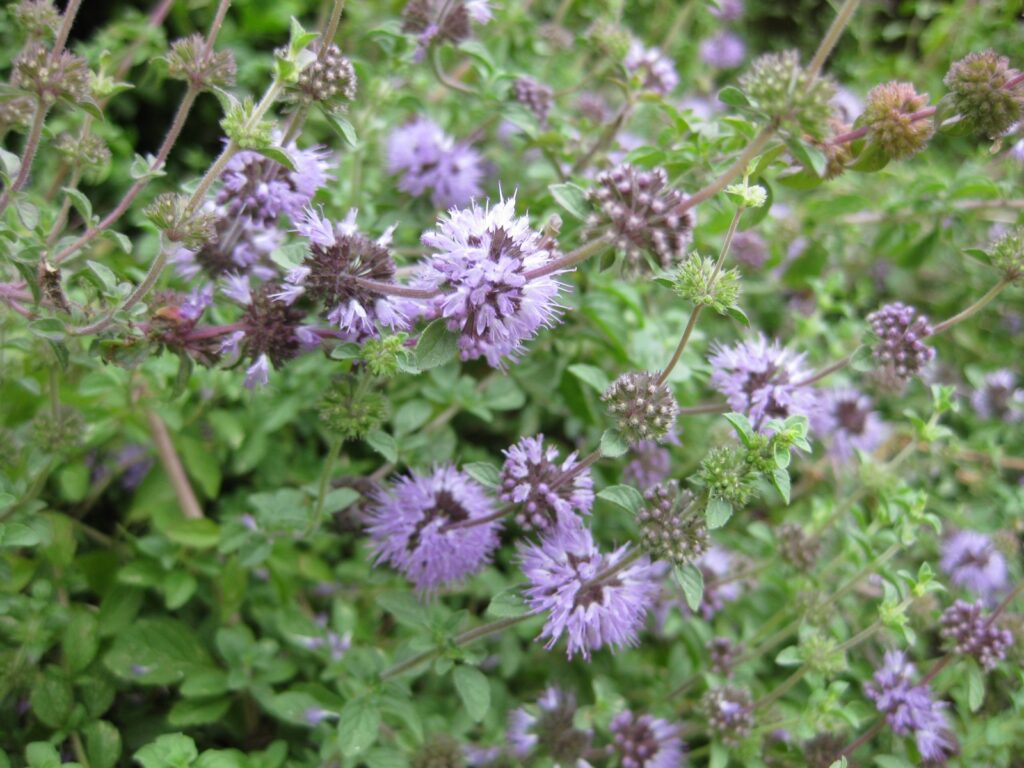
According to legend, Joseph picked it to line the manger because of its minty smell. The little herb burst into bloom at the moment of Jesus’ birth and since then, has bloomed a bright purple flower—the color of royalty. It’s believed that the scents of these flowering herbs were pleasing to Mary, Joseph and Jesus.
Among the herbs Joseph gathered was horehound, with its soft and velvety leaves. It was believed to have healing powers, but also meant sorrows were to come. It was one of the bitter herbs placed on the Passover tables to commemorate the Jewish exodus from Egypt. Horehound is thought to have symbolized Jesus’ roots and foreshadowed a future betrayal.
It’s said that Mary wept when she found the horehound among the manger plants. Supposedly, she tried to remove the herbs, but it was too tightly woven among the other plants and her efforts were unsuccessful.
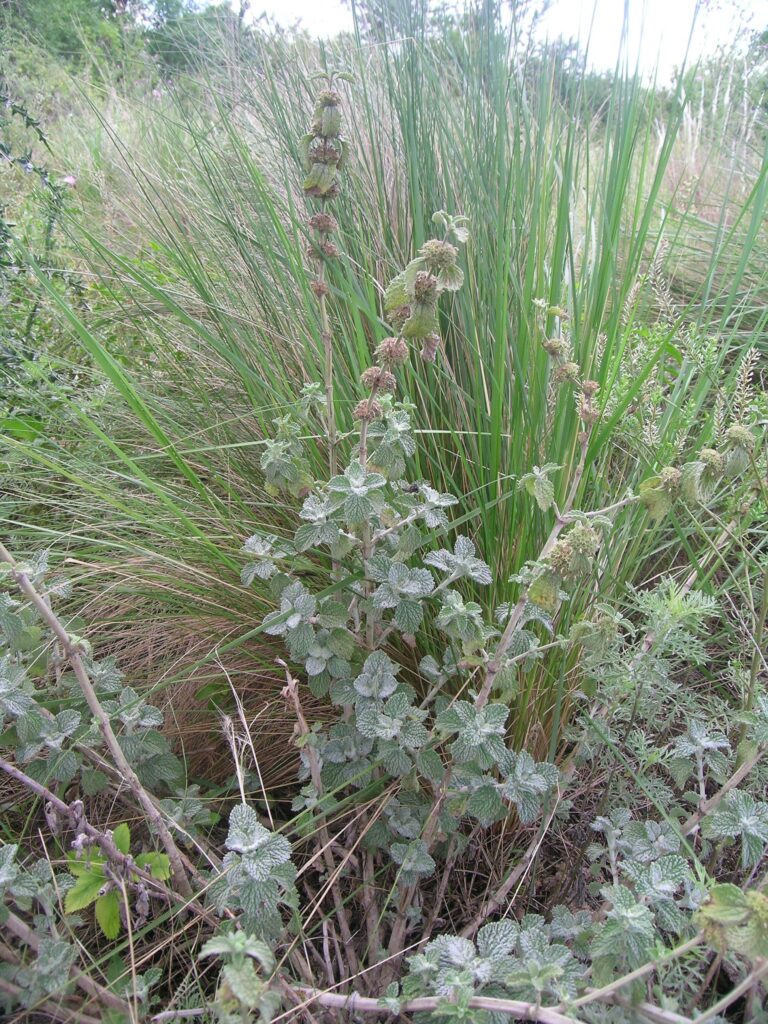
As she picked through the plants, she also found thyme, a symbol of courage and endurance.
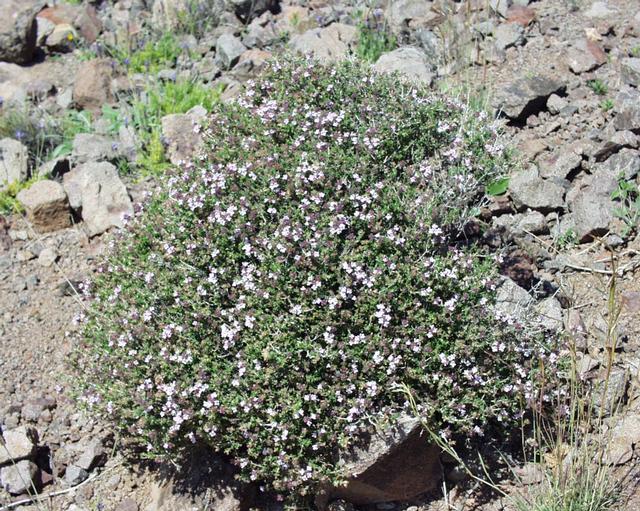
Two other herbs of the manger that were to later have a role in this story were lavender and rosemary. When Mary, Joseph, and the baby Jesus fled Bethlehem to escape King Herod’s orders, they ran through a thick field with rosemary to escape the murderous soldiers.
As they made their way through the dense vegetation, legend says that other shrubs crackled and whispered as the family ran through them and tangled their feet. But rosemary shrubs silently parted, then closed the path behind them, preventing soldiers from seeing them.
Being a grateful mother, Mary offered a blessing and spread her cloak over a rosemary shrub. Instantly, the pale flowers were turned to a heavenly blue color.
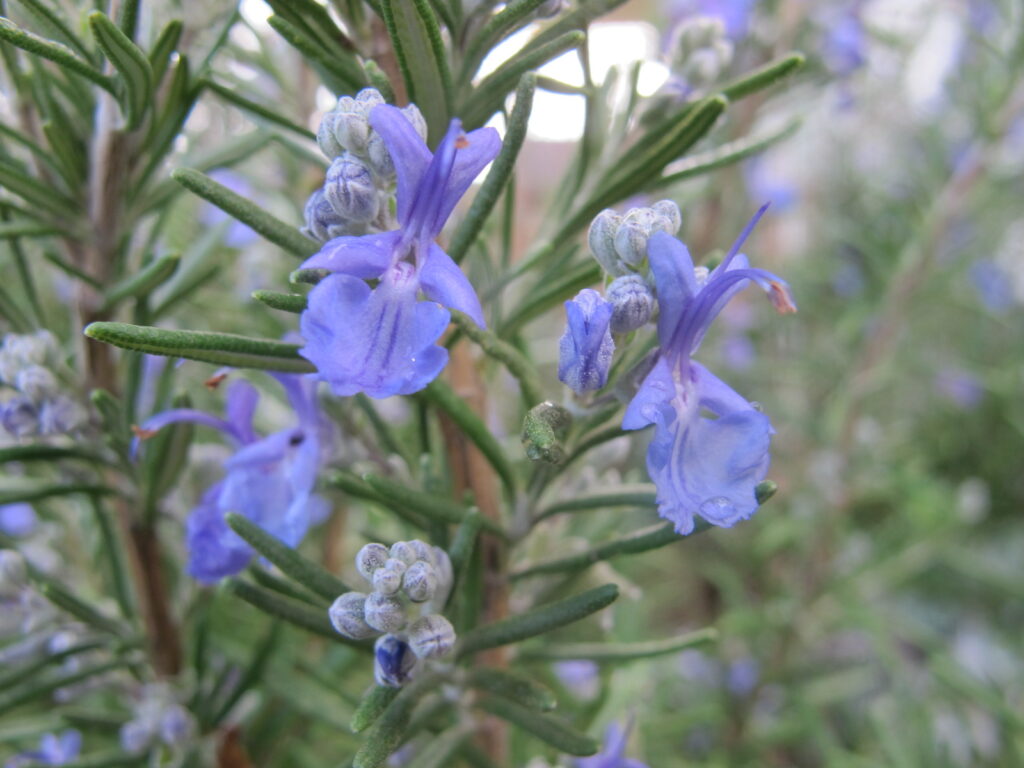
Once the family was safely beyond Herod’s reach, Joseph and Mary stopped to rest beside a stream. While the baby Jesus slept, Mary rinsed her cloak and Jesus’ clothing in the stream. She then laid the laundry on two shrubs to dry. Both shrubs, lavender and rosemary, were so honored to serve the family that they both stood tall and gave off a fragrance that penetrated and remained in the fabrics the family wore. Again, Mary blessed them, and to this day the plants have a sweet fragrance.
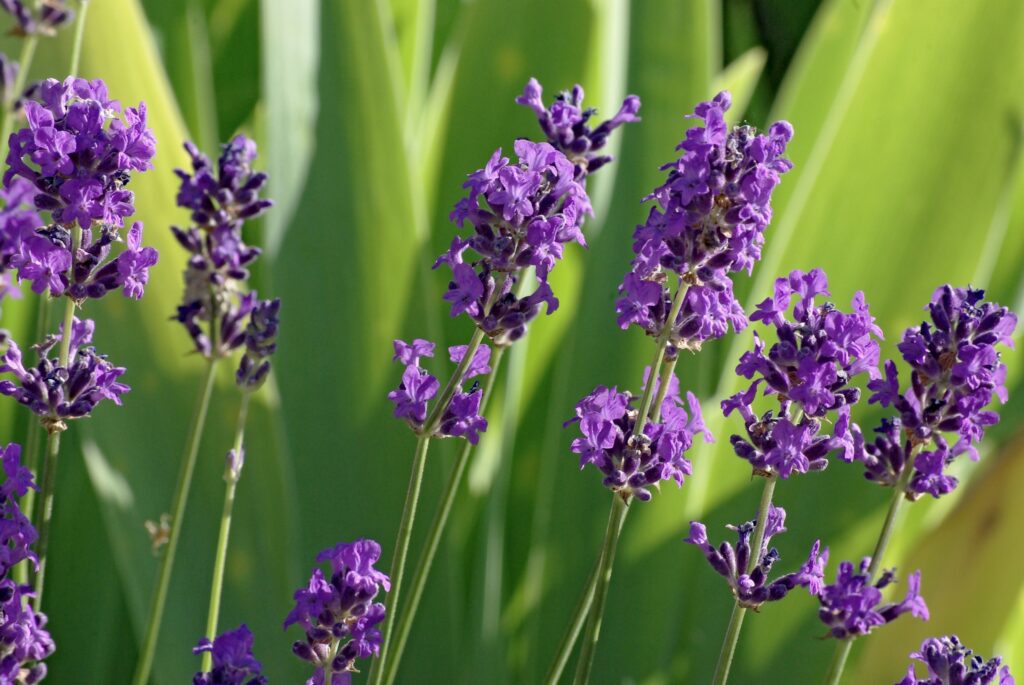
Even today, rosemary is used indoors to freshen the air and to add a holiday scent to rooms. Some families add it to their Advent wreathes as it is still thought to bring good luck throughout the year.
For all you herb gardeners, take a walk through your herb garden this Christmas Eve. Listen closely, and maybe you’ll hear the plants whispering a Christmas blessing to you and your loved ones.
Until next time, let’s try to garden with nature, not against it, and maybe all our weeds will become wildflowers.
(by Laurie Garretson, a Victoria, Texas, gardener and nursery owner)
Article courtesy of Mary Immaculate of Lourdes Parish, Newton MA


